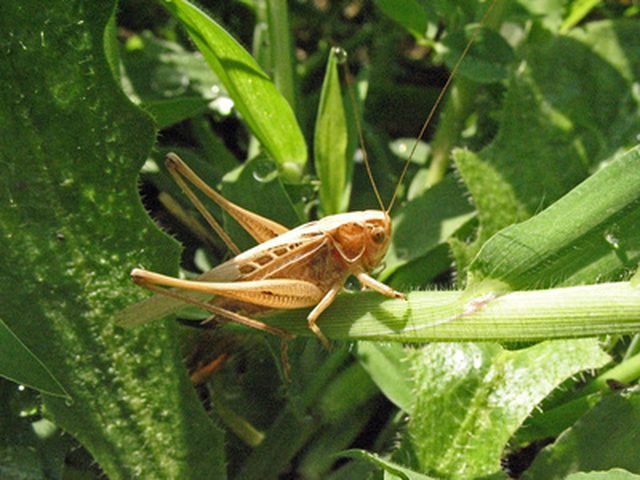Bulbs
Flower Basics
Flower Beds & Specialty Gardens
Flower Garden
Garden Furniture
Garden Gnomes
Garden Seeds
Garden Sheds
Garden Statues
Garden Tools & Supplies
Gardening Basics
Green & Organic
Groundcovers & Vines
Growing Annuals
Growing Basil
Growing Beans
Growing Berries
Growing Blueberries
Growing Cactus
Growing Corn
Growing Cotton
Growing Edibles
Growing Flowers
Growing Garlic
Growing Grapes
Growing Grass
Growing Herbs
Growing Jasmine
Growing Mint
Growing Mushrooms
Orchids
Growing Peanuts
Growing Perennials
Growing Plants
Growing Rosemary
Growing Roses
Growing Strawberries
Growing Sunflowers
Growing Thyme
Growing Tomatoes
Growing Tulips
Growing Vegetables
Herb Basics
Herb Garden
Indoor Growing
Landscaping Basics
Landscaping Patios
Landscaping Plants
Landscaping Shrubs
Landscaping Trees
Landscaping Walks & Pathways
Lawn Basics
Lawn Maintenance
Lawn Mowers
Lawn Ornaments
Lawn Planting
Lawn Tools
Outdoor Growing
Overall Landscape Planning
Pests, Weeds & Problems
Plant Basics
Rock Garden
Rose Garden
Shrubs
Soil
Specialty Gardens
Trees
Vegetable Garden
Yard Maintenance
Pest Screening for Vegetable Gardens
Pest Screening for Vegetable Gardens. As part of a trend to organic, environmentally conscious methods to deal with pests, some gardeners are turning away from pesticide use altogether. Screening gardens offer an alternative to pesticides or harsh chemicals for keeping insects from eating homegrown vegetables.

As part of a trend to organic, environmentally conscious methods to deal with pests, some gardeners are turning away from pesticide use altogether. Screening gardens offer an alternative to pesticides or harsh chemicals for keeping insects from eating homegrown vegetables.
Types
Gardeners can make a wire screen enclosure for a small garden. For larger gardens, the National Garden Association recommends floating row covers to keep bugs out, especially if you're avoiding insecticides. Association blogger Kate Jerome says she's used row covers for years, and they've been "amazingly successful" in her garden.
Function
Row cover manufacturer Reemay states that floating row covers, which resemble giant lightweight sheets, are made of polyester fabric that allows air, water, fertilizers and light in while keeping pests out. The fabric also allows 75 percent light transfusion, Reemay notes, something that mesh screen could prevent.
Benefits
The National Gardening Association and row cover manufacturer Reemay state that row covers extend the growing season and yield higher-quality harvests much faster than gardens planted without row covers. This is because the covers keep that plants warmer and protect them from wind, insects and birds. Jerome writes that she's had the most success with row covers as barriers in her vegetable gardens and that the covers are easy to anchor with pins or stones.
Misconceptions
The biggest misconception about screening is that once a screen has been placed, a plant can grow unaided. As the National Gardening Association points out, row covers must be removed in extreme heat. For some plants such as squash, screens and covers can prevent pollination. Another misconception is that screening can prevent all pests. Row covers cannot combat ground-dwelling pests, such as slugs, worms and maggots.
Warnings
Jerome says that timing is key when placing a barrier, so it's important to know when the pests in your area lay eggs and place barriers before they have a chance. Also know the bugs that thrive in your area; some common garden pests such as grasshoppers can chew through fabric and might be able to get through row covers.